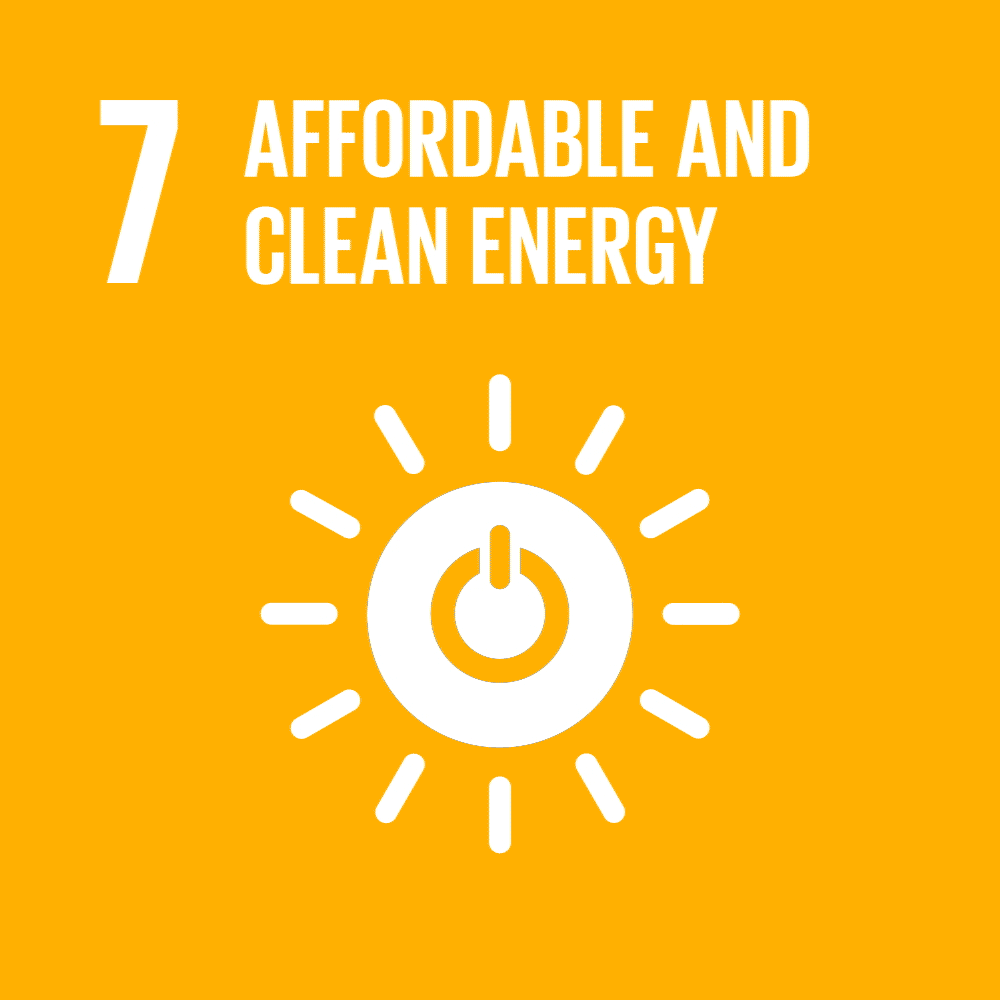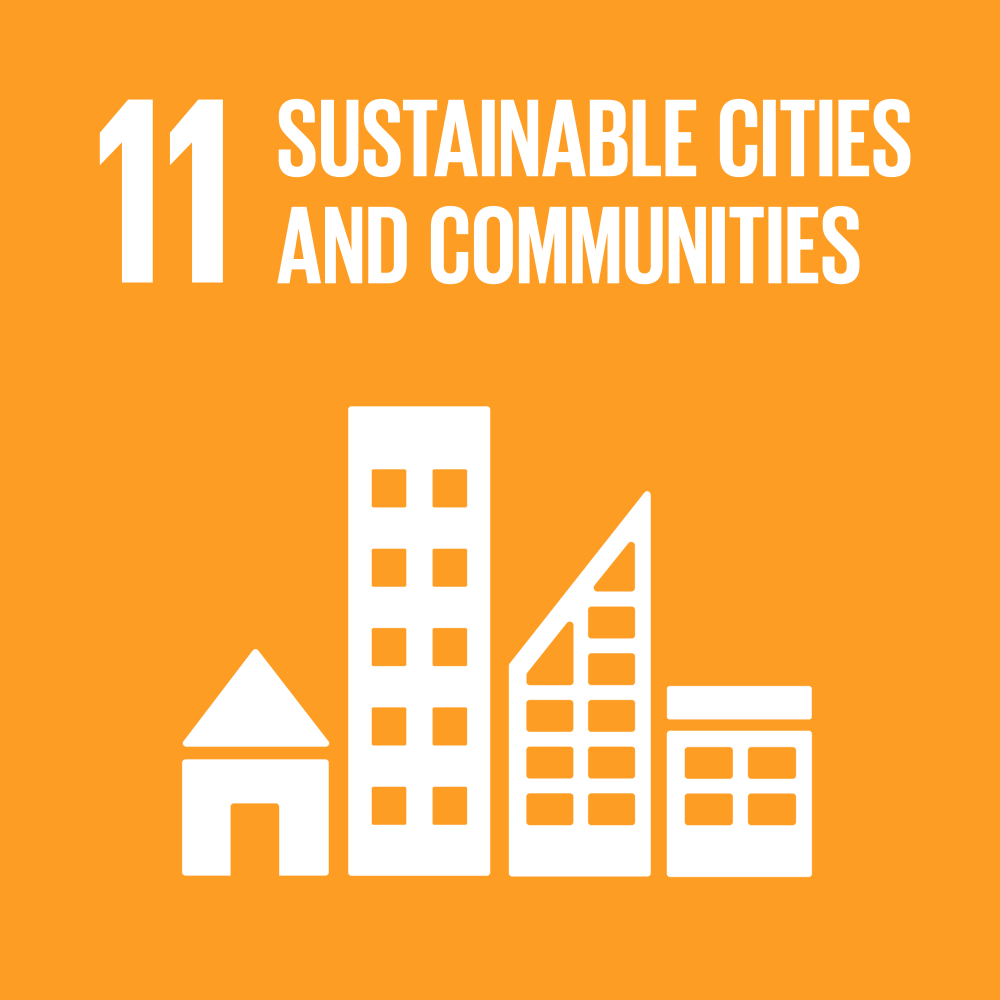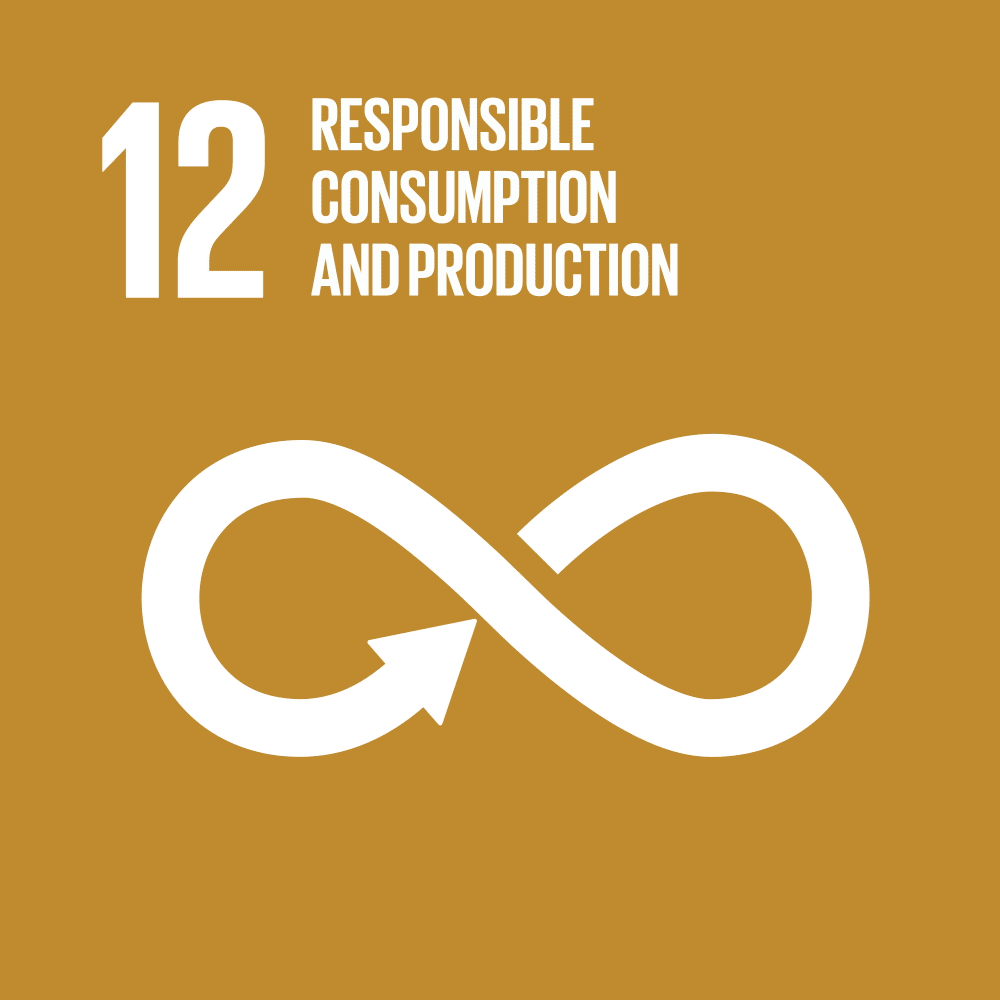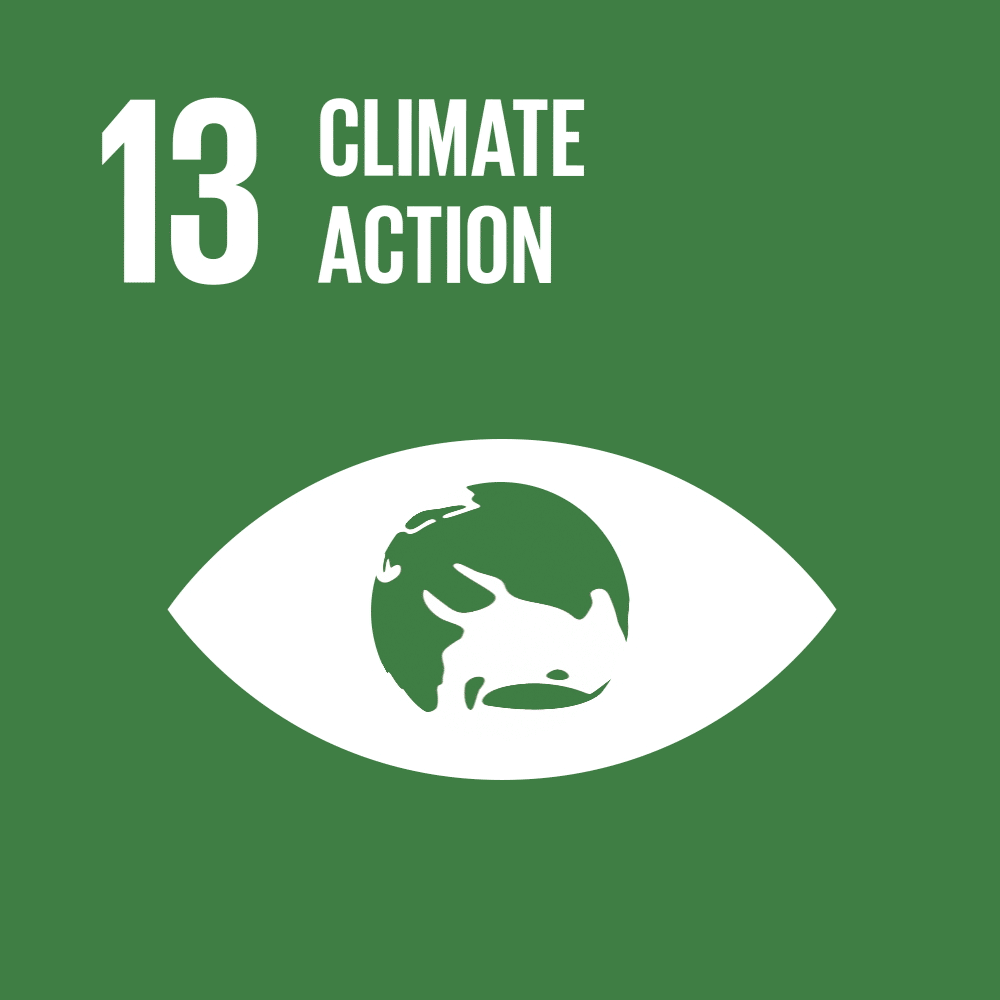
UniTo has several sites and hubs in different locations, but most are concentrated in the City of Turin. They all produce C02 through the purchase and production of electricity for lighting, winter and summer air conditioning, powering heavy laboratories and data centres, and other electrical uses. The climate- and environment-conscious University has reduced its C02 consumption and emissions through the purchase of green option electricity (renewable sources only) from the national grid, tri-generators at the Athenaeum (Veterinary and Agricultural Sciences Locations, Palazzo Nuovo, Luigi Einaudi Campus) powered by natural gas with heat and power production and recovery, and the University photovoltaic park (located in the Bonafous Institute in Chieri and the Biotechnology Campus in Turin).
The University has also mapped personnel behaviour related to travel by defining the emissions produced by automotive fuels.
Consumption of energy sources Unito from 2015 to 2022
| Consumption of energy sources Unito from 2015 to 2022 | |||||||
| Anno | %Electricity |
% Methane | %District heating | %LPG | % Diesel fuel | %Automotive fuels | |
| 2015 | 48 | 51 | _ | _ | 1 | 0 | |
| 2016 | 48 | 52 | _ | _ | 0 | 0 | |
| 2017 | 44 | 55 | _ | _ | 0 | 0 | |
| 2018 | 40 | 59 | _ | _ | 0 | 0 | |
| 2019 | 43 | 56 | _ | _ | 1 | 0 | |
| 2020 | 49 | 50 | _ | _ | 1 | 0 | |
| 2021 | 49 | 41 | 9 | _ | 1 | 0 | |
| 2022 | 49 | 33 | 17 | 0 | 0 | 1 | |
| Source: Reprocessing University of Turin C02 Emissions Inventory 2022 Building and Sustainability Directorate- UniToGO Green Office Sustainability Area. | |||||||
In 2022, the largest contribution in terms of emissions comes from electricity consumption (about 50% of total emissions), followed by natural gas consumption (33%) and, finally, district heating consumption (17%). On the other hand, emissions from LPG and heating oil consumption and from the consumption of automotive fuels turn out to be small, which together account for only 1.2% of total emissions in 2022.
The Athenaeum, since the preparation of the Energy Savings Plan in 2012, has set out to improve its environmental sustainability by reducing its energy consumption through the enhancement of energy efficiency and the promotion of the responsible use of energy, and by contributing to the spread of renewable energy sources.
These strategic objectives are fully in line with the policies adopted at the regional and national levels, aimed at pursuing the achievement of the objectives set at the European level (20 percent reduction in primary energy consumption in 2020, and at least 30 percent in 2030) and at the international level, with the Paris Agreement for the reduction of climate-changing emissions.
| Minimum Environmental Criteria Expenditure 2021 | ||
| Expenditure 2021 | CAM (Minimum Environmental Criteria) Expenditure 2021 |
Percentage |
| 12.515.203,19 | 11.677.854,72 | 93,31% |
The University in an effort to reduce the emissions of C02 and polluting elements has adopted in the environmental clauses related to procurements, contracts and agreements Minimum Environmental Criteria (CAM), included in the tender documents related to works, services and supply contracts subject to Minimum Environmental Criteria.








